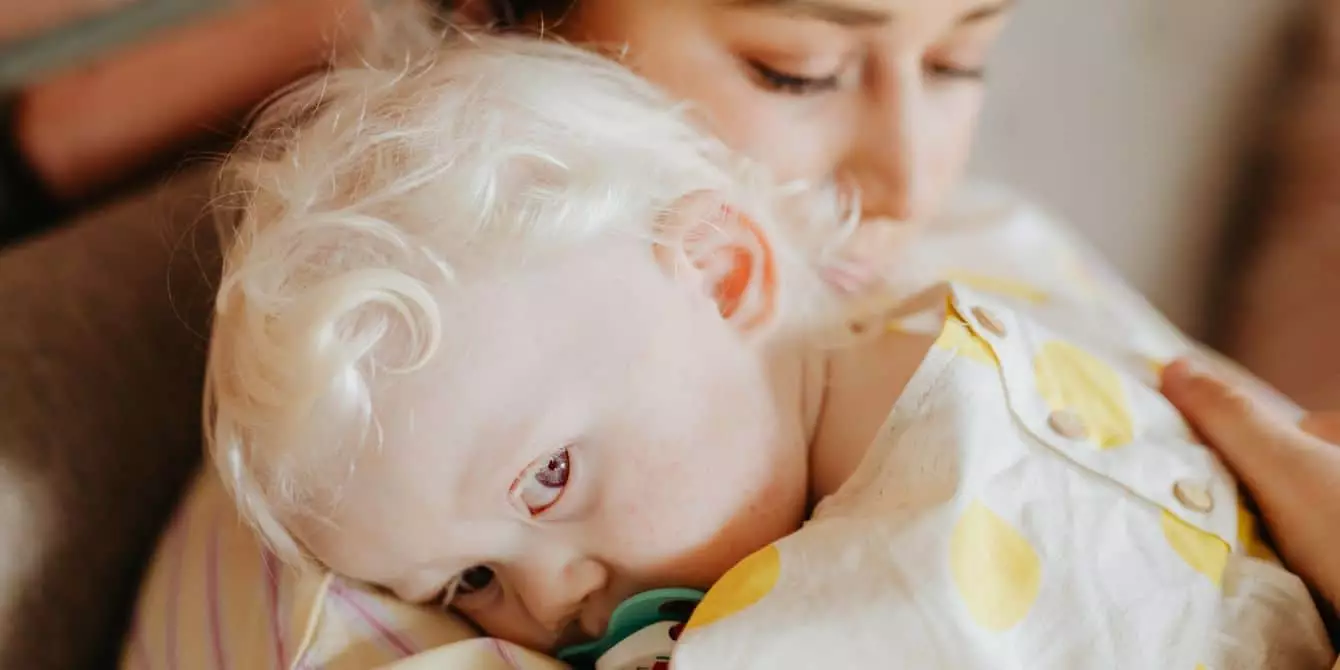As the crisp air of fall ushers in the end of the year, health professionals are preparing for yet another wave of respiratory syncytial virus (RSV) cases among children. This virus, which typically spikes during the late fall through spring, is drawing particular concern as we move towards the peak season of 2025. With rising numbers of hospitalizations among the youngest demographic, parents must arm themselves with critical information about the symptoms, prevention methods, and treatments related to RSV to safeguard their children.
RSV often masquerades as a common cold in older children and healthy adults. Initial symptoms can be quite mild, starting with a runny nose and a diminished appetite. However, as the virus progresses, coughing and wheezing can develop, leading to potential breathing difficulties. For very young infants, particularly those under the age of two or those with health vulnerabilities, symptoms may not be immediately apparent. Parents should be vigilant for subtle changes such as increased irritability, lethargy, and slight breathing difficulties.
While some children may experience only mild cases that resolve in a couple of weeks, others, especially babies, face heightened risks. According to reports from the CDC, RSV is the leading cause of bronchiolitis and pneumonia in children under 12 months, resulting in significant figures such as over 58,000 hospitalizations annually in children under five. Therefore, recognizing the spectrum of symptoms, from mild cold-like signs to severe respiratory distress, can be vital for timely intervention.
Entering 2025, the CDC has indicated a worrying trend—a peak in RSV activity across many parts of the United States. The upcoming flu season compounds these concerns, emphasizing the significance of annual vaccinations. Health experts recommend flu vaccinations not only to protect individual health but also to mitigate the uptick in illnesses that can coincide with the RSV season. With emergency room visits rising sharply, awareness and proactive measures could save lives.
Parents are encouraged to observe their children closely during this period, as some cases may escalate quickly. If a baby exhibits signs of retractions—where the chest muscles and skin pull inward with each breath—or if there are concerns about their breathing patterns, it is imperative to seek immediate medical attention.
Currently, there is no specific cure for RSV; management primarily revolves around alleviating symptoms. Ensuring adequate hydration, facilitating rest, and using humidifiers can all contribute to recovery at home. Parents can also manage a child’s fever with safe medications, always under the guidance of a healthcare professional.
Each family’s approach may vary based on individual circumstances, but some universal preventive actions remain effective. Washing hands frequently, encouraging children to cover their mouths and noses while sneezing or coughing, and regularly cleaning surfaces in the home can reduce the transmission of RSV.
In even more severe cases, hospitalization may be necessary, particularly if a child struggles to breathe. Medical professionals might employ oxygen support or IV fluids to stabilize their condition. Timeliness in seeking treatment is crucial, as the virus doesn’t always announce its severity at the onset.
Encouragingly, advancements in RSV prevention have emerged, notably with the introduction of Beyfortus (nirsevimab) in 2023. This monoclonal antibody treatment is designed for infants, providing protection during their first or second RSV season—representing a significant step forward in safeguarding vulnerable young ones.
Additionally, high-risk children, such as those born prematurely or with weakened immune systems, may qualify for Synagis (palivizumab) injections during peak RSV season. Although these preventive measures come with a price tag, they could be life-saving and are tailored to those most affected by severe RSV infections.
As RSV cases emerge, families must not only focus on direct protection for their children but also create a community environment that prioritizes health. This includes being considerate when ill and minimizing exposure risks—be it preventing sickness from spreading among siblings or politely declining unwelcome interaction when viruses are circulating. Some parents are opting for creative solutions, displaying “do not touch” signs on baby car seats and strollers to deter affectionate but unwanted contact with infants.
As we look forward to ongoing medical advancements, such as Australia’s maternal RSV vaccination program that started in early 2024, it becomes increasingly clear: community support and individual responsibility are vital in conquering RSV. Building awareness, preparing for potential outbreaks, and being proactive in health choices can pave the way to a safer environment for our youngest and most vulnerable members of society.
As RSV season approaches, informed parents can navigate these challenging times with resilience. By remaining cautious, aware, and prepared, families can help mitigate the impact of RSV on their loved ones—ensuring a healthier tomorrow for all children.

